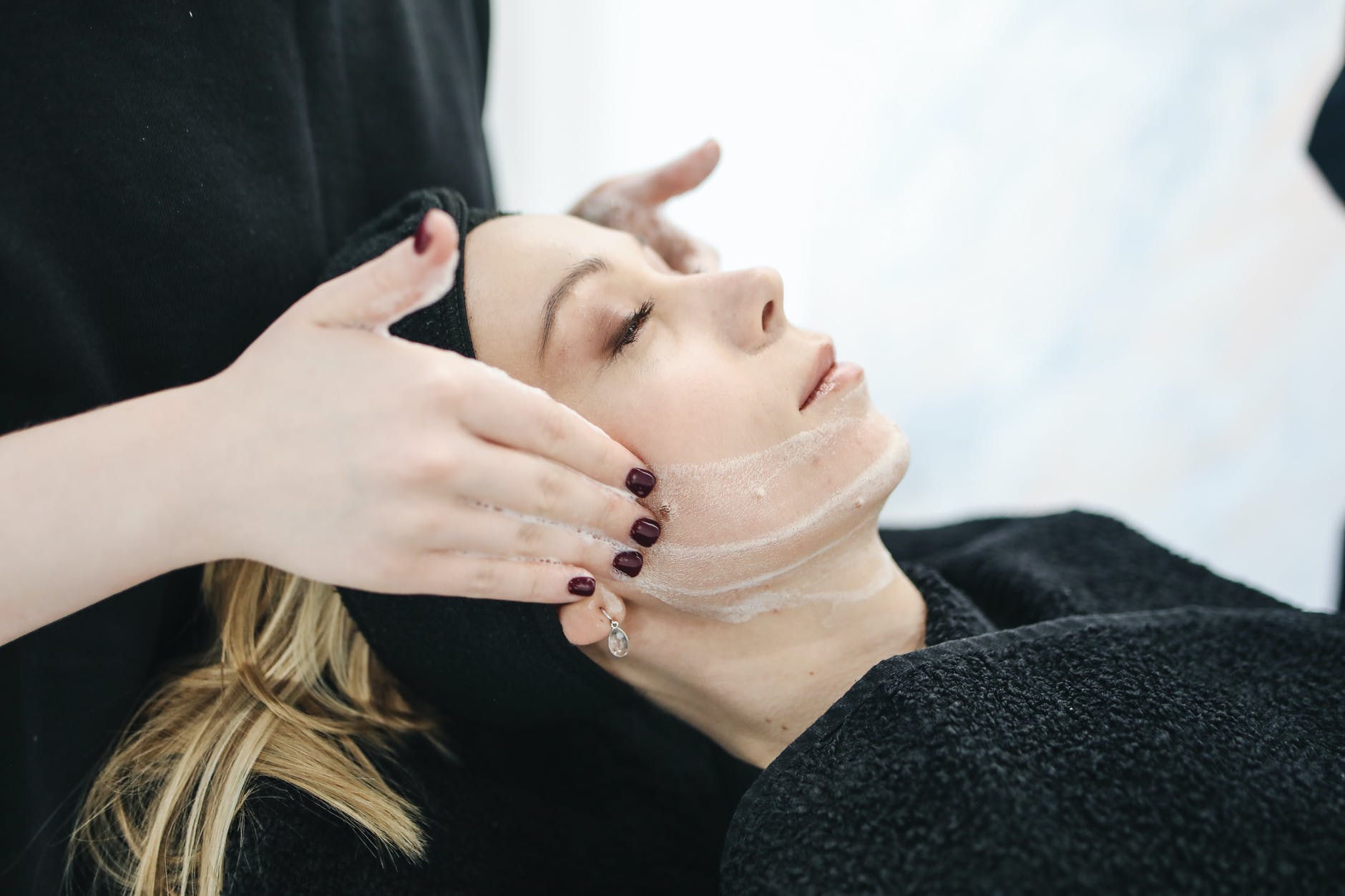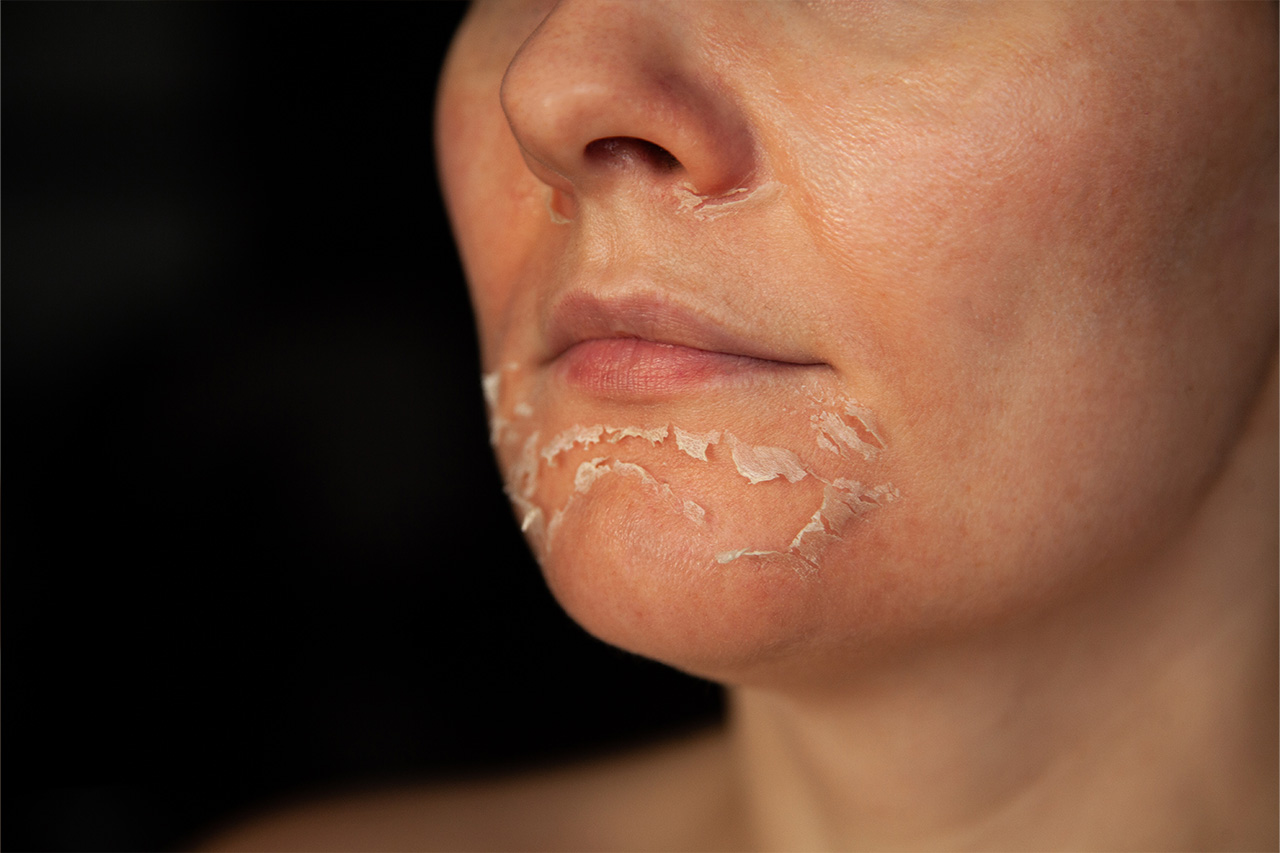Chemical peels are a cosmetic procedure that may be ideal on the face, forearms, and neck. They're great for enhancing the look and feel of your skin. A doctor administers chemical solutions on the skin during this process. The skin exfoliates and finally peels off as a result of this. The new skin beneath is usually smoother, less wrinkly, and has less degradation impact.
You may need to repeat the technique with a mild or moderate peel to produce the desired outcomes. Chemical peels are ideal for removing wrinkles, discoloration, and scars from the skin. They can be performed on their own or in conjunction with other beauty treatments. These peels can be done by a doctor at various depths, ranging from mild to deep. Chemical peels with a deeper depth provide more incredible effects. These, however, take longer recovery time.
What Are the Different Types of Peels?
Chemical peels usually happen at a doctor's office. Similarly, the doctor can perform deep peels at an outpatient surgical center. The surgeon would most likely ask you to tie your hair back before the treatment. The doctor will cleanse your face, and you may need safety glasses such as goggles or gauze.
Your doctor will apply a local and powerful anesthetic to numb the region. This is especially true if you are getting a deep peel. A regional anesthetic, which numbs vast regions, may also be used for deep peels. If you want a chemical peel for your face and neck treated, they're more likely to do this. The doctor will give you an IV and continuously monitor your pulse rate if you have a deep peel.
Light Chemical Peel
The doctor will administer a chemical solution such as salicylic acid to the affected region with a cotton swab, sponge, or brush during a light peel. Whitening of the skin will begin. Additionally, you may get a mild tingling feeling. The doctor will eliminate the chemical solution after it is finished. The doctor will next apply a neutralizing solution to the affected region.
Mild Chemical Peel
During a medium chemical peel, your physician will administer the chemical solution to your skin with cotton, a customized sponge, or a cotton-tipped brush. Glycolic acid might be present in the solution. Trichloroacetic acid, sometimes known as blue peel, can have a blue hue added to it.
The skin will start to become white. A cold compress will also be applied to the skin by your doctor. For 15 - 20 minutes, you may experience tingling or itching. There is no requirement for a neutralizing agent.
However, they mayprovide you with a hand-held blower to keep your skin calm. You will have a blue tint to your skin if you have undergone the blue peel. After the peel, the blue color may linger for several days.
After this chemical peel, your skin will take roughly one week to heal. You may, however, develop soreness that lasts for months. Your skin will bulge at first. Before showing new skin, it will produce crusts and dark patches.
Deep Chemical Peel
You will be medicated for a thorough chemical peel. The doctor will administer phenol to your skin using a cotton-tipped swab. Your skin will become white or gray as a result of this. The doctor will break down the operation into 15-minute halves. This will reduce the amount of acid that reaches the skin.
Inflammation and redness are common side effects of deep chemical peels, as are stinging and throbbing feelings. Eyelids that swell shut are rather common. The new skin will take roughly two weeks to grow. White patches or cysts, on the other hand, might linger for several weeks. It's not unusual for the redness to remain for months.
What Is the Prepping Process for A Chemical Peel?
Before your treatment, you'll meet with a skincare professional for a discussion. They will assist you in determining the right treatment choice for you during this session. They'll tell you all you need to know about the peel you'll be receiving. They'll also inquire of anything that might obstruct the peel. This might include details on whether or not you've taken skin treatment and if you bruise easily.
What Are the Possible Side Effects of a Chemical Peel?
The majority of adverse effects are quite transient. Discoloration, dryness, stinging or itching, and minor swelling are some of the symptoms. Deep peels might result in a loss of your ability to tan forever. However, sometimes, chemical peels include a higher risk of major side effects that might last a lifetime. These include scarring, hyperpigmentation, infections, and kidney damage.
Obey your doctor's post-surgery instructions to the letter during your rehabilitation. They'll tell you how to cleanse and hydrate your face regularly. They'll also advise you on which items to utilize. Until your skin has recovered, try to remain out of the sun. You should also wait until your doctor permits you to use makeup or other accessories. To assist ease pain at home, apply ice packs for 20 minutes at a time or use a cold fan.

How Can Med Aesthetic Cosmetic Laser Center Help You?
Patients with fair complexion and light hair are strong prospects for chemical peels. Depending on the patient's condition, you may also have favorable outcomes if you have darker skin. Nevertheless, you might experience an uneven skin tone as a result of the procedure.Therefore, you need a professional aesthetician by your side. This is where Med Aesthetic Cosmetic Laser Center can help you.
Our professional aestheticians can help you understand the right chemical peel for your skin. Moreover, they will show you some of our previous case studies and reviews. This way, you can understand the outcomes before committing. Lastly, we will help you every step of the way and make sure you get what you want.


